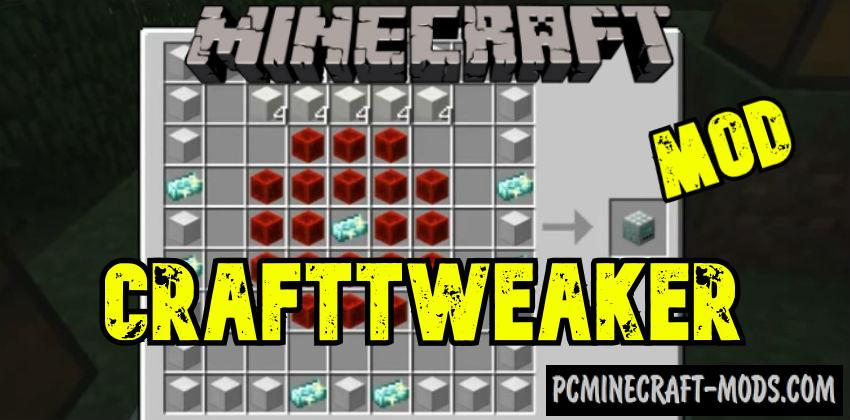'Group data' means that instead of having individual values in your data set, you have groups and frequencies. For example, you may know that there are 8 scores from 1-10, 7 scores from 11-20, and 6 scores from 21-30. To find the mean of grouped data like this, use the central value of each group - in this case, 5, 15, and 25. Create Draw zoomout zoomin savealt contentcopy print clear. Use underline ' for space in data labels: 'name1' will be viewed as 'name 1'. Use 2 underlines ' for 1 underline in data labels: 'name1' will be viewed as 'name1' See also. Bar graph maker; Line graph maker; XY Scatter plot maker; Write how to improve this page.
- Data Creator is an advanced data generator that can create tables filled with pseudo-random custom content in just few clicks. A must have for any power user, developer or webmaster working with dataset or web pages and in need of neutral realistic generated data for prototyping or test purpose.
- Data Creator میتواند جداول ساده (ردیف و ستونها) که میخواهید را ایجاد کند و آنها را با محتوای مناسب تصادفی ( ردیف و محتوا) تنها با یک کلید پر کند. شما میتوانید هر نوع از زمینهها(ستون) را که دوست دارید انتخاب کنید (نام.
- Turn your data into compelling stories of data visualization art. Quickly build interactive reports and dashboards with Data Studio's web based reporting tools. Create your own report Explore visualizations you can use.
faq
Create a Dataset Using RecordIO

RecordIO implements a file format for a sequence of records. We recommend storing images as records and packing them together. The benefits include:

RecordIO implements a file format for a sequence of records. We recommend storing images as records and packing them together. The benefits include:
- Storing images in a compact format--e.g., JPEG, for records--greatly reduces the size of the dataset on the disk.
- Packing data together allows continuous reading on the disk.
- RecordIO has a simple way to partition, simplifying distributed setting. We provide an example later.
We provide two tools for creating a RecordIO dataset.
- im2rec.cc - implements the tool using the C++ API.
- im2rec.py - implements the tool using the Python API.
Both provide the same output: a RecordIO dataset.
Prerequisites
Download the data. You don't need to resize the images manually. You can use im2rec to resize them automatically. For details, see the 'Extension: Using Multiple Labels for a Single Image,' later in this topic.
Step 1. Make an Image List File
Data Creator 1 7 14 Full
- Note that the im2rec.py provides a param
--listto generate the list for you, but im2rec.cc doesn't support it.
One chat pro 2 4 download free. After you download the data, you need to make an image list file. Infographics lab 3 4 2. The format is:
Typically, the program takes the list of names of all of the images, shuffles them, then separates them into two lists: a training filename list and a testing filename list. Write the list in the right format.This is an example file:
Step 2. Create the Binary File
To generate a binary image, use im2rec in the tool folder. im2rec takes the path of the image list file you generated, the root path of the images, and the output file path as input. This process usually takes several hours, so be patient.
Sample command:
For more details, run ./bin/im2rec.
Extension: Multiple Labels for a Single Image
The im2rec tool and mx.io.ImageRecordIter have multi-label support for a single image.For example, if you have four labels for a single image, you can use the following procedure to use the RecordIO tools.
- Write the image list files as follows:
Data Creator 1 7 14 0
- Run
im2rec, adding a 'label_width=4' to the command argument, for example:
Data Creator 1 7 14 Download
- In the iterator generation code, set
label_width=4andpath_imglist=<>, for example:
